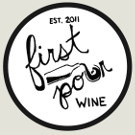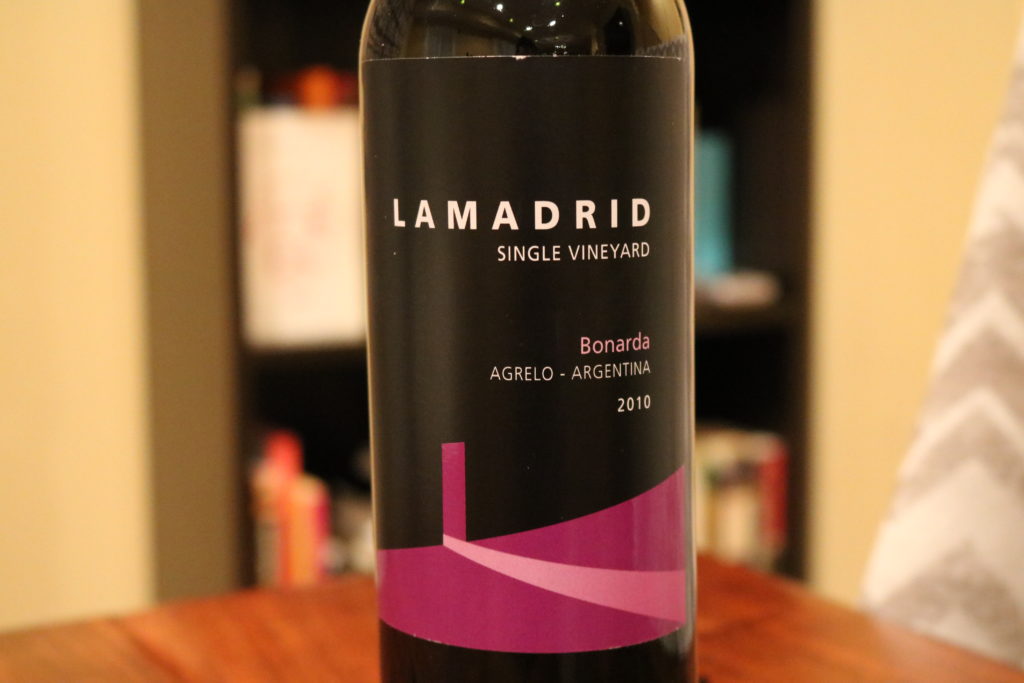As always, there’s a chance that you’ll run into a corked bottle from time to time. Such is the case of Lamadrid, a bottle of Argentine Bonarda that I bought a ways back from Wine Library. As we’re covering obscure bottles, I couldn’t find a replacement here in Cleveland over the past few weeks, but this high level primer should give you something to go on.
Bonarda
While Malbec is king in Argentina, Bonarda is prince in waiting. Much like the lost Bordeaux, Carménère, Bonarda is something of a misnomer. Originally from France, Bonarda is actually Douce Noir, which also goes by the name Corbeau (which means crow), and references it’s dark color, or Charbonneau In California, this is sometimes shortened to Charbono. However, all these grapes are fundamentally the same.
There is also an Italian Bonarda, and really the whole thing gets rather complicated from there. Since this isn’t a dissertation on grapes, what you need to know is about the wine.
When grown in Argentina, Bonarda make bold, deeply purple wines, with good notes of cassis, blackberry, and fennel. It requires a long growing season, and will be vegetal if under ripened. Meanwhile, in California, it makes the same inky purple, and moderately acidic wines, but leans more toward plum and dark fruit with a penchant toward leather and tar when aged.
One last note, thanks to an alcohol level that rarely exceeds 14% and a moderate body, Bonarda works well with a variety of roasted meats and sauces.
Quick Facts on Bonarda
Color: Red
Style: Dry
Body: Moderate – Heavy
General Characteristics: Plums, Dark Fruit, Fig, Fennel
Notable Regions: Argentina, California
Also Known As: Douce Noir, Charbono, Corbeau
Want to try Bonarda, fortunately, Wine.Com has plenty available if you’re willing to wait!


